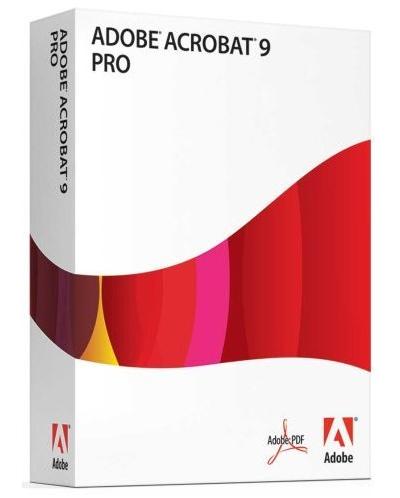
- GET PLAIN TEXT FROM TINYMCE EDITOR CODE
- GET PLAIN TEXT FROM TINYMCE EDITOR ISO
- GET PLAIN TEXT FROM TINYMCE EDITOR DOWNLOAD
- GET PLAIN TEXT FROM TINYMCE EDITOR WINDOWS
I hope this helps in your tracking down of the issue.
GET PLAIN TEXT FROM TINYMCE EDITOR CODE
The issue seems to be in the strlen($output) code as if I replace that with a fixed arbitrary number the page will render properly. There seems to be an issue in strings.php file line 58 which '.strlen($output)) Ĭommenting this line out means the script completes succecssfully and the editor renders properly. Deprecated in TinyMCE 5.10 and has been marked for removal in TinyMCE 6.0. There new event model is a better way to add callback so this method might be removed in the future. This method is useful to call old 2.x option callbacks. In any browser, if I wait long wnough the tinyMCE eventually displays. execCallback () Executes a legacy callback. In Chrome it displays the content but never finishes downloading.
GET PLAIN TEXT FROM TINYMCE EDITOR DOWNLOAD
If I try to browse direct in IE7 I get a ' download or open' dialogue which will not actually download or save any content.

The error can be traced back to lib/editor/tinymce/extra/strings.php?elanguage=enðeme=advanced. Languages is en-au. We have the empty TinyMCE editor and this seems independent of browser/machine viewed from.
GET PLAIN TEXT FROM TINYMCE EDITOR WINDOWS
We are running a Windows Server 2008 (64 bit) R2 and IIS 7.5 and Moodle 2.0.1. I am wondering if you have some sort of "clip board program manager" running in the background on your computer.Hi, I have had a similar issue and managed to hack a workaround.


Wonder if you are running cron.php automated style. default theme of moodle there is a search box below the "site admin menu" type in "cache" you will see a list for purging all caches, along with a couple other caches possibly purging a javascript cache or turning it on/off. might suggest purging all caches in moodle. Not sure how moodle caches text editors if it does at all with the cache. and should be able to copy/paste without issues. If you see. asfds you are in plain text and need to re-click Then click "more buttons" and then click ( HTML ) button. see about disabling the extensions temporarly and see what happens.ĭouble check you are not in "plain text mode" vs "rich text mode" type a couple letters and enter / return key a few times. with various WYSIWYG javascript / html editors. antivirus software, ad blockers, and various extensions for firefox / chrome can also cause some issues. for what ever reason some times firefox and chrome both will get gumbled up. 2 It is the most commonly used letter in many languages, including Czech, Danish, Dutch, English, French, German, Hungarian, Latin, Latvian. Its name in English is e (pronounced / i / ) plural ees, 1 Es or E's.
GET PLAIN TEXT FROM TINYMCE EDITOR ISO
Conclusion To make TinyMCE paste in plain text by default, we can set the pasteastext option to true. E, or e, is the fifth letter and the second vowel letter in the modern English alphabet and the ISO basic Latin alphabet. And we set pasteastext to true to make TinyMCE paste text as plain text. plugins is set to 'paste' to add the paste plugin to let us control pasting text. only open on browser, and goto moodle and into an editor. selector is the selector of the text area to convert to a TinyMCE editor. then close out of the web browser and restart the computer. up to you how you want to go forward on this, but I have found it easier to format in the editor inside Moodle rather than import formatted text.Ĭlear your history / cache of the web browser. This will give you a much larger range of formatting options than are currently available in Atto. Or, you may chose to use the TinyMCE Editor, in which case you may have to go to Site Admin > Plugins > Text Editors > Manage Editors and select TinyMCE as the default editor.
There are plugins available for additional formatting features, like colour, other characters and PoodLL for sound and video if you want them, to name a few. If importing text from a text editor, you can use the Atto editor for some formatting, but not a lot. I get the text I want without being distracted when writing it to make it look good. Experience has shown me it is easier to create the required text in the text editor, I have Aspell activated for Notepad++, and TextPad has a native spellchecker. Anything that is a UTF8 without BOM editor - well, that is what I have always used. Rich Text Format (often abbreviated RTF) is a WYSIWG (what-you-see-is-what-you-get) document format that can be read and written by most word processors, such. If you want to import text, then import it from a text editor like TextPad or Notepad++ or similar. Second, what I found to be best, don't import things directly from Word or WordPad, in particular, other RTEs in general, it always comes out rubbish anyway. Or, instead of accessing the editor by id, you can access the active editor. If it is, then it is likely doing its job, so leave it alone. var m圜ontent tinymce.get ('myTextarea').getContent () This will return the content in the editor marked up as HTML. When you are talking about rich text do you mean direct imported text from Word or WordPad or some other Rich Text editor?įirst check to see of the HTMLTidy plugin is switched on.


 0 kommentar(er)
0 kommentar(er)
